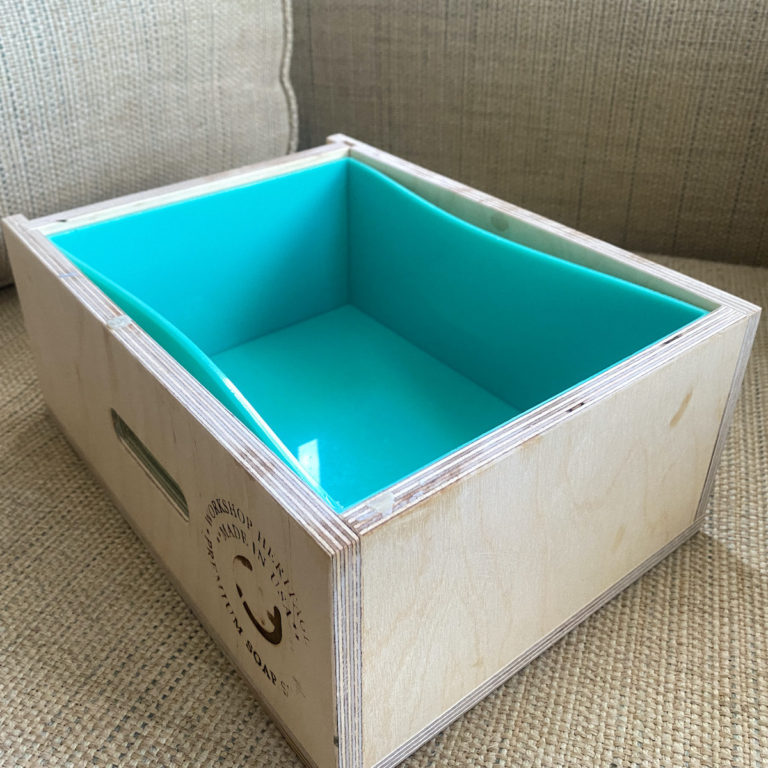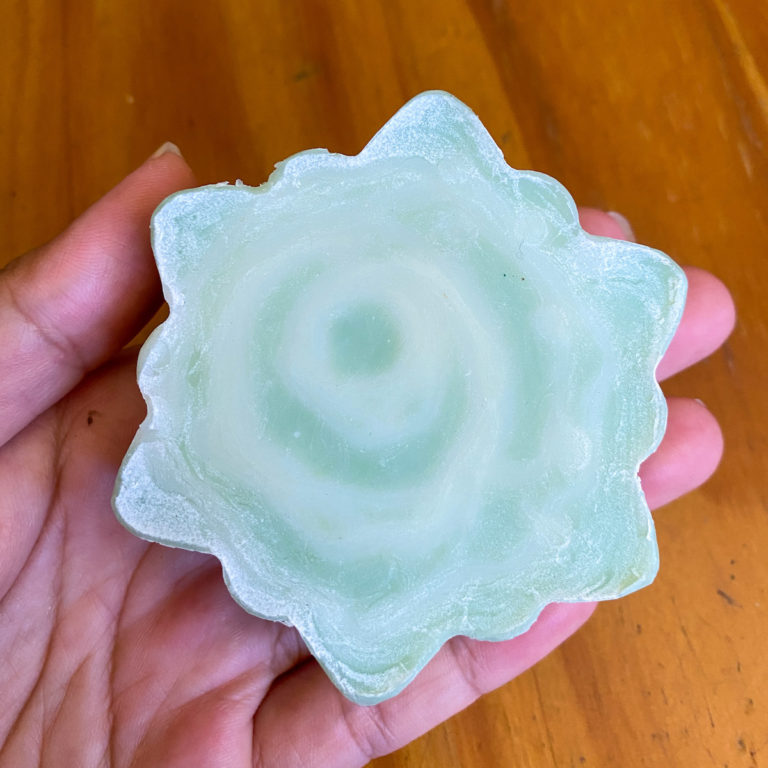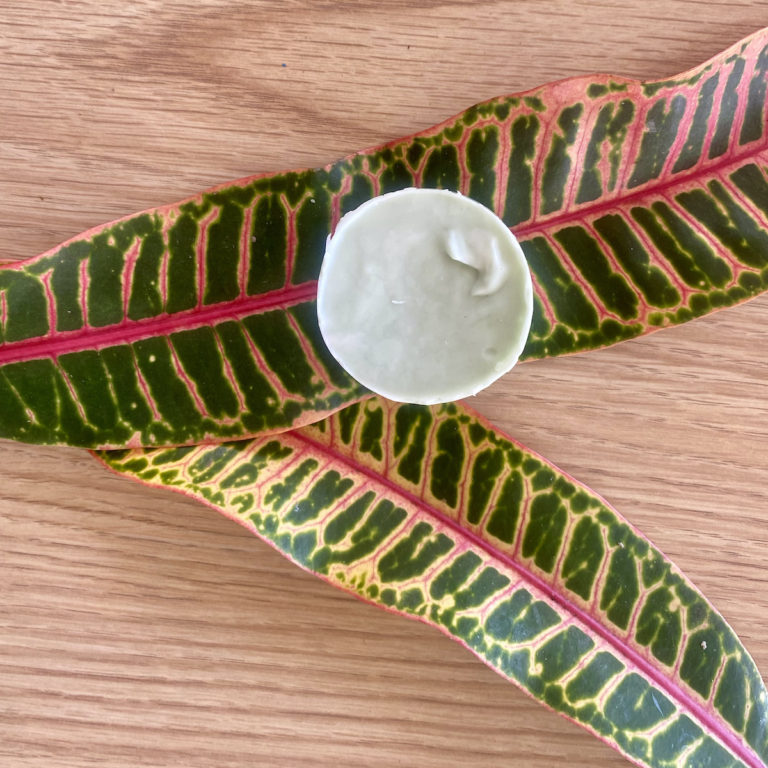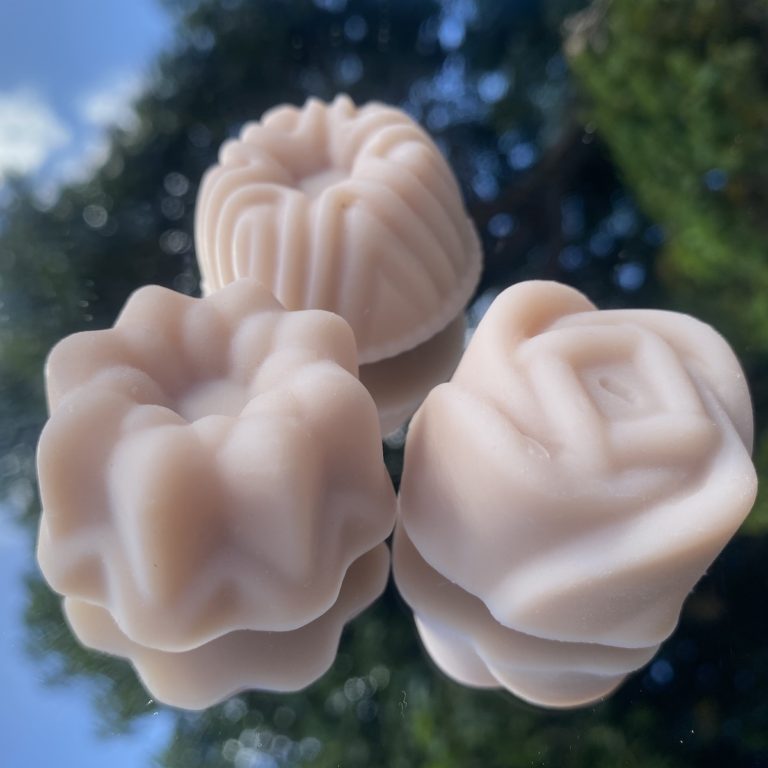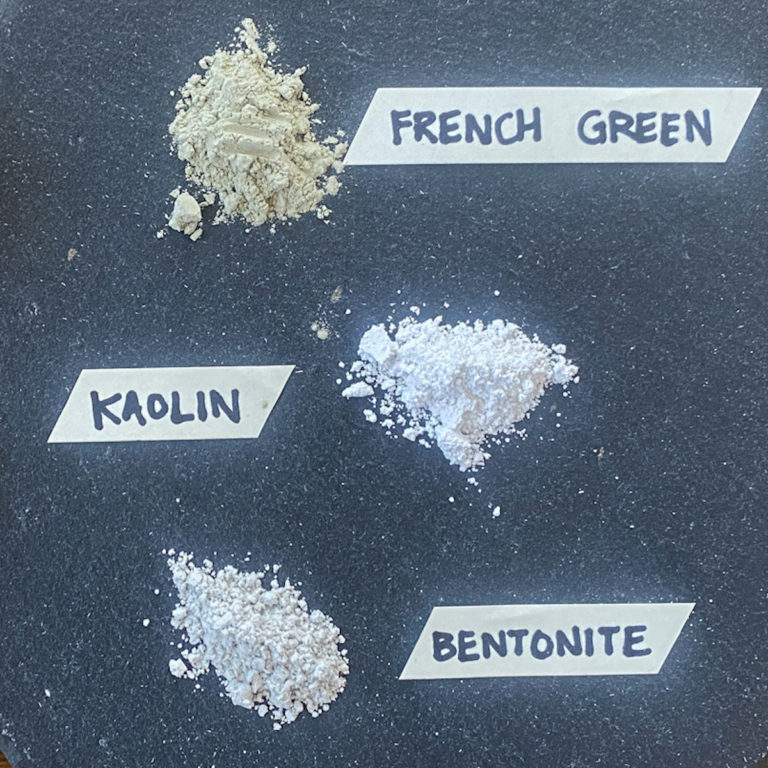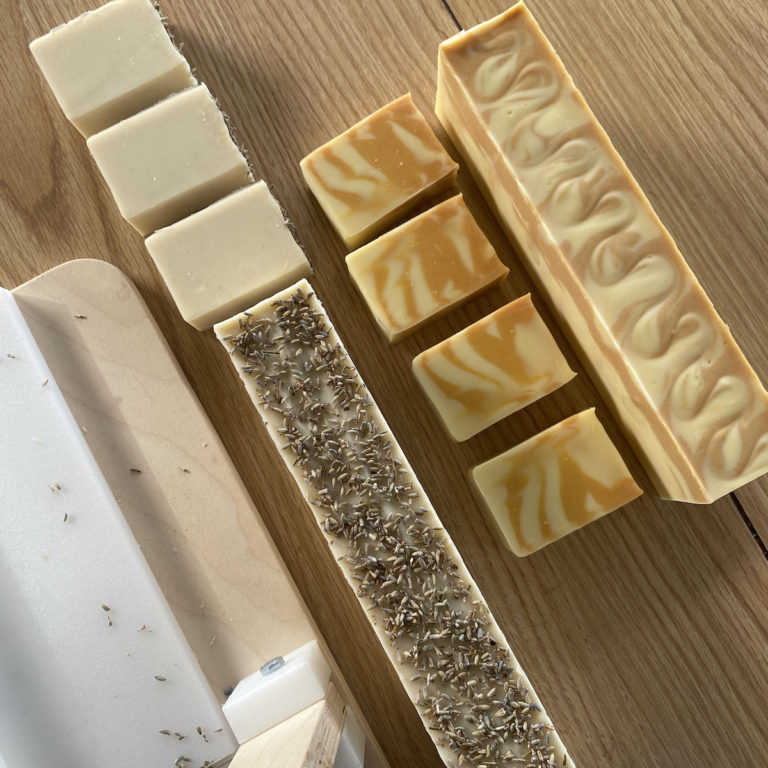How to Start a Soap Making Business (Your Ultimate No Holds Barred Guide)
Handcrafted soap making is increasingly popular, and now, because of the pandemic, many housebound soap enthusiasts have taken an interest in the activity for its money-making potential.
This article aims to help beginners, hobbyists, and wannabe soap creators transition into making their beloved activity a legitimate business. Read on to find out the specifics.
Starting a Soap Making Business

To begin a business endeavor, plan its structure, decide on financial matters, and secure it legally. Entrepreneurial pundits will give you lots of information on setting up a business, many with contradicting (and sometimes false) statements. To avoid confusion and make sure you’re doing it right, go the government-mandated way. A good source of information is the US Small Business Administration. They recommend these steps to start your business:
- Find out if your business has an advantage over your competitors by:
- researching your market
- knowing your target audience
- determining if your idea is viable
- listing similar companies operating in your area
- Build the foundation of your business by preparing a business plan. You need one to structure, operate, and expand your business. Use it to attract investors, employees, suppliers, and partners. Your business plan should include the following:
- the executive summary, which outlines your product (the kind of soaps you want to create), vision, the purpose for setting up the business, and growth opportunities
- a detailed description of the business
- potential customers
- unique selling point (USP)—what distinguishes you from your competitors
- financial requirements, procurement, and forecast
- marketing methodology
- legal issues
- a competitive study and market analysis of similar enterprises
- details of the team, business management, production, and operations (including accounting and inventory)
For businesses already in operation, a business plan reviews and renews the initial goals of the company. It analyzes accomplished goals and suggests needed changes or new paths to take for growth.
- Calculate your capital requirement. Secure money for operations. How much will you need? If you don’t have enough, borrow some, find an investor, or raise funds. This is where your business plan will come in handy.
- Decide whether to sell your soaps online, offline, or both. A physical location involves more documentation and legwork. Regardless, your choice affects profit, taxes, and legal prerequisites.
- Configure your business. Its legal structure will affect taxes, liabilities, and registration requirements. The right one will protect your assets and offer tax benefits. These are the small business categories:
- Limited Liability Company (LLC): Owners report business income and expenses on the LLC personal income tax return.
- S-Corporation: Owners get profits in the form of dividends and receive salaries.
- C-Corporation: This entity is taxed separately with a corporate tax return. Owners don’t pay income tax at the corporate level. They pay taxes individually instead.
- Pick a name that communicates what your brand and business are all about. It should be catchy, easy to remember, and not tied to one product if your business expands in the future. Ensure no one else is using the name you’ve chosen.
- Protect your brand by registering its patent, trademark, and business name. If you’re not using your name, register your brand with either the state or federal government. Check your state requirements if you need to do both.
- Get an employer identification number (aka EIN or business social security number) when you apply for tax IDs. Check with your county tax collector if you need to get both federal and state tax IDs. You need these to open a business bank account and pay taxes. You can apply online by filling out a form on the IRS website.
- Secure permits and licenses, which depend on your state. In Florida, for instance, consult the Department of Business & Professional Regulation for details.
- Open a small business bank account for legal, tax, and operation purposes. Prepare the appropriate registrations and paperwork before going to the bank. Bring ID photos and photocopies of documents to save time.
- Buy business insurance. If you plan on hiring employees, get an EIN and workers’ compensation insurance. US soap sellers are luckier than their counterparts in Britain. The latter need these in addition to general insurance: cosmetic safety insurance, a comprehensive soap safety assessment, and crafter’s insurance.
Factors To Consider Before Launch
Target Audience
Find your niche early on. Check out the demographics (personality types, socio-political/economic status, gender, ethnicity, location) of your potential buyers. Will you make organic soaps for eco-friendly consumers? Are they vegan? They won’t buy your soaps if these contain lard. Will you supply to the luxury market, the hospitality industry, medical clinics, spas, aromatherapy centers, or yoga studios?
USP
It’s no longer good enough to plug your soap as better than the commercial kind. People already know the benefits of going organic. That’s why it’s crucial to establish your unique selling point from the very beginning. Competition for handcrafted soap making is fierce.
Determine your USP by asking yourself these questions:
- How are you different from the rest of the soap makers in your area? For instance, professional soap artisan Tanya Anderson, the founder of Lovely Greens, doesn’t use packaging to minimize wastage, avoids palm oil due to its environmental impact, and colors her soaps naturally with plant-based material.
- What sets your product apart? How is it unique? For example, LoveLeeSoaps sells a lot of novelty type soaps that people like to give as funny gifts, like potato soap, denture soap, and hot dog soap.
- Do you give extras with your merchandise? Do you offer free delivery?
- What else of value do you offer customers? Some luxury soap makers include minute particles of genuine gold leaf in their products.
- Do you have a loyalty program? Do you offer discounts after a set number of purchases? (An example of this is a punch card. The customer gets a free bar of their favorite soap after 10 buys or punches on the card.)
Market Research
Conduct market research by reading up, consulting experts, visiting your local business bureau, or talking to other soap makers to understand their business models. Convey what you’re passionate about to potential clients. Determine how to get your product into their consciousness.
Location
To begin a soap making business the legal way, you must formally incorporate your company. The requirements depend on the location of your enterprise. Will you sell online, from your residence, or will you rent/buy a venue? The last option is the most expensive but will give your business better physical exposure.
There are no specific area requirements for soap production carried out from home. Still, the business plan should include the business location and the production unit’s rent or capital investment.
Soap Type
What Kind of Soap Will You Produce?
There’s a dizzying array of soap options: natural, bulk (affordable), funny/gag, luxury, soaps targeting specific skin conditions, soaps targeting special populations like babies or pets, soaps for specific purposes like shaving or dishwashing, etc
In some cases, the soap type you make directly impacts the cost of equipment and supplies.
Fragrance Categories
According to Starter Story, your target market dictates scent preferences. Handcrafted soap patrons are divided into:
- Mass-market: Lime, coconut
- Mid-market: Tea tree oil, turmeric
- High-end: Complex fragrances, like Brazilian Copaiba and sea kelp
Startup Costs and Production
The primary soap making methods are cold process—mix fat or oil with alkali (lye); curing takes weeks—and hot process—cook the soap; no cure time. Both take one to three hours to complete, depending on the soap type.
Startup costs vary significantly due to equipment and raw materials, which depend on the process method. If you’re starting soap making with the equipment you already own, expect costs of around $500 to $1,300. Otherwise, you’re looking at potentially tens of thousands of dollars.
Raw Materials
Depending on the kind and scent of the soap, raw materials for soap making include:
- distilled water
- pure lye
- oils and/or fats (for example, olive oil, shea butter, and coconut oil)
- essential oils (by the way, I think these are the best essential oils for soap)
- fragrance oils (use fragrances if you must, but truth be told I don’t recommend synthetic fragrance oils under any circumstance)
- optional additives (for example goats milk, botanicals, etc)
- optional colorants
Basic Equipment
If you are starting small, these are the tools most would say that you need to get started (which you may already have in your kitchen):
- silicone soap molds—bread loaf-size or multi-celled
- pots and mixing bowls—depending on what you’re mixing, use glass, heavy-duty plastic, or stainless steel (the last one is necessary for lye)
- crockpot, slow cooker, or double boiler
- microwave
- mixing kettle
- measuring tools
- spoons, ladles, and spatulas (rubber, silicone, stainless steel)
- baking sheets
- wax paper/liners
- knives, cutters, cheese slicers, scissors
- vegetable graters
- kitchen scale ($20)
- digital thermometer ($60)
- blender (stick form or immersion-type with a stainless steel shaft; $70)
- wrappers
- labelers
Industrial Equipment
Do not start here. Please, for the financial health of your business, do not even consider industrial equipment until the volume you’re making requires it.
When your business is truly ready for it, the folks at One More Cup of Coffee suggest investing in these industrial-grade tools:
- shrink-wrap wand systems
- electric pumps
- volumetric bottling, filling, dispensing, and labeling equipment
- weighing scales
- drying racks and trays
- pot tipper-mixing pot combos
- dry material dispensers
- stampers
Where To Get Supplies
List everything you need to make soaps and then contact suppliers and distributors. Choose the one that offers the best delivery and price deals. For equipment suppliers, pick the one with the most outstanding after-sales support.
If you want to buy materials yourself, buy them in bulk. Be a member of wholesale stores, like Costco and Price Club. Join loyalty programs that offer points for purchases so you can avail of cash-backs and discounts.
Here are some recommended soap making supply wholesalers and retailers:
Shipping and Logistics
Save money on shipping and time on data entry by signing up as a preferred client with at least three couriers. The leading ones give discounts and proprietary portals to registered customers. They also have company data saved in their database and POS systems. This saves you and your staff time by entering repetitive information.
Some soap makers use drop-shipping partners to avoid the usual packaging, shipping, and logistics hassles.
Safety and Legality
Soap creation is an art form, but it can be dangerous because of the hot liquids and lye involved. One also has to be careful with chemical reactions when mixing certain ingredients. That’s why one has to study raw materials before experimenting with them or creating new formulas or recipes. Anderson explains that if you mess up a small batch of soap, it won’t matter much. But with a big one, you waste precious resources or wind up with unsafe soap.
That’s why regulatory bodies, such as the US Food and Drug Administration (FDA), are strict about soap sales. Small-to-medium soap creators should understand the laws regulating their industry. The go-to resource for concerns about these is their cosmetic product guide, which answers soap producers’ questions.
Practice Due Diligence
States and countries vary in their regulations on selling soap to the public. Monitoring agencies in Europe, including Britain, require their handmade soap makers to obtain cosmetic safety insurance and pass a safety assessment for each recipe.
If you plan to export your soaps overseas, more laws will apply to you, including those from the receiving country. Regardless, implement measures to keep yourself and your customers safe. Keep accurate records of each batch you make and the ingredients used. Save all recipe and formula files. Create correct labels.
Strictly Follow Recipes
Soap recipes are abundant online, especially on YouTube and Pinterest. But rather than get overwhelmed with the choices out there, choose simple ones and perfect them. Beginners should refrain from adventure soap making. They should stick to the tried and tested, primarily for safety reasons.
Financial Matters
This is really the heart of it, y’all.
How many soaps should you sell to break even? The profit margin of every small enterprise varies because each one’s cost of doing business is different.
Making soap is fairly easy but making a profit takes forethought and more effort. As with most hobbyists, Anderson initially didn’t monitor the money she spent, but that changed when it was time to pay bills. Watch the costs of everything, be frugal, and observe value-for-money practices.
In the small soap making industry, the highest costs are the ingredients, physical stores, and employees. As a new business owner, be prepared to wear many hats, even if you have staff. It’s better if you can work alone from home because you’ll save massively.
Marketing Strategies
Before launching your business, decide how to market your soaps to patrons. Publicity and advertising depend heavily on your budget and target audience. Some suggestions:
- Set up a website, a blog/vlog, podcast, and social media channels. Almost two billion people use the Internet to buy goods and services, so having an online presence is essential. You can also profit off advertising revenue from blogs and affiliate marketing. With the latter, choose businesses related to yours. You may want to explore cross-advertising with them, too, such as guest blogging and ad exchange.
- Join online markets like eBay, Alibaba, Amazon, and Etsy. The last one is a hub frequented by DIYers and crafters. It’s like Amazon, but catering to customers who prefer handmade items to commercial products. The average price of a single soap bar on Etsy is $5-10, but most soapers sell their soaps for $2-4 each. Amazon recently launched its artisan-only Handmade at Amazon store to compete with Etsy.
- Add your soaps to the aforementioned platforms. Share your brand’s background with them. They have millions of customers, giving you an existing, established global audience.
- Promote your soaps locally—partner with nearby salons, spas, malls, and health stores. Stage a spa party. Invite the press. Shower them and your guests with freebies to introduce your soaps.
- Pitch your brand’s story to other mass media platforms for free publicity.
- Sell your wares at high volume by participating in local festivals, farmers’ markets, or craft shows. While there, connect with potential clients and suppliers to raise brand awareness. To sell at a local market, you need a table, banner, packaging, and a business license. Stall fees range from $10 to $50 per day.
- Traditional advertising methods—such as billboards, business cards, word-of-mouth, TV/radio/movie/newspaper/magazine ads, bus/taxi/bench banners, trade journal mentions, catalogs, pamphlets, posters, and flyers—still work in attracting new customers and following up with existing ones.
- Stay in touch with previous clients via a mailing list sourced from buyers on your online/offline stores and visitors to your social media outlets. Forums and meetups (now forced online) are also excellent ways to know your customers.
- Offer volume sales to retailers, lifestyle stores, or spas.
- Diversify. Offer your clients much more than just soaps. Add related items to your product lines, such as bath bombs, shower gels, hair products, foot soaks, moisturizers, gift baskets, and candles.
- Study digital marketing, including search engine optimization and pay-per-click techniques, to boost your online product marketability.
- Maintain staunch relationships with trade customers and suppliers.
- Offer your loyal customers made-to-order soaps with their own designs or embossing. This ensures repeat business because you make them feel important.
- Teach your craft through online tutorials or webinars. Not only will you spread the word about your soaps, but you will also meet your clients.
- Use an e-commerce platform like Shopify. Its pricing ranges from $29 for the basic level and $299 for advanced.
- Post adverts in community and sports centers.
- Other marketing hacks include product launch emails, newsletters, e-books, referral programs, and friends-and-family discounts.
Labeling and Packaging
Entrepreneurs spend around 30-40% of time and effort in production but often neglect sales. Time remaining must be spent on this, including preparing soaps for selling. This involves attention-grabbing packaging, pricing, shelving, and distribution to various outlets.
Rules on labeling and packaging vary, depending on the business location. Regardless, correctly labeling your soap is critical. Soap Startup explains how, in their post, “How Do You Label Soap?”
Pricing
Pricing should offset costs and give you profit. It must be competitive but not too low as to bilk the competition, thereby decreasing your soap’s perceived quality. If customers believe your products have a higher value, they will pay more.
Pricing depends on your soap type and market. Price prestige soaps higher than daily-use soaps, for example. Research what competitors charge for their products. Depending on your sales strategies, set your prices lower or higher. Offer holiday specials, bulk discounted rates, and BOGO sales.
Trademarks and Patents
To protect your brand from copycats, register your trademark or patent with the US Patent and Trademark Office. The cost varies per trademark type, usually $400 to $700. A basic utility patent costs $5,000 to $10,000.
How To Learn Soap Making (if You Don’t Already)
- Watch video tutorials. Many portals like YouTube and Vimeo offer free demos.
- Read books, like Anderson’s Lovely Greens Guide to Soap Making. Zakia Ringgold has written four books on soap making, one of which is How to Make and Sell Soap: Answers to the Top 50 Questions. Check them out on Amazon.
- Attend workshops, like Anderson’s. She makes natural soap, candles, and beauty products and teaches soap making on her website, via workshops, and through her YouTube channel. Since she is based in the Isle of Man, email her for starters.
- Participate in interactive webinars.
- Enroll in formal courses. Pre-pandemic, the usual practice was to avail of these from craft organizations/stores and community colleges. Now that most courses are online, take advantage of providers like Udemy. They are currently offering individual courses at a discounted price of $12.99 during the pandemic.
- Find mentors who have gone through the business of soap-making themselves and remember what it’s like to be novices. Mentors don’t have to live in your area. You can conduct lessons or meetings via videoconferencing. Anderson is one such helpful mentor.
Pros and Cons of Making Handcrafted Soap
Pros
- Soap artisanship is a brilliant way to engage in something you love while making money at the same time.
- Selling handcrafted soap is easy due to popular demand and an existing customer base.
- The soap making process is easy to learn with simple, inexpensive equipment.
- The enterprise needs minimal startup investment compared to many other business models.
- Most supplies and ingredients will be fairly easy to source.
- You can customize your soaps, which contributes to your USP and helps you identify your niche market.
- Soap is a self-care product used quickly and regularly, which gives you the potential to earn repeat customers.
- If you make soap at home, your kitchen or studio will smell wonderful during the process.
Cons
- Competition is rife. You’ll be swimming in a crowded ocean of sharks. That’s why identifying your USP and conducting market and customer demographic analyses are critical.
- Finding the right staff, suppliers, vendors, and shippers require a lot of work. But once you find partners you gel with, operations will run smoothly.
- Overall, running a successful business is a lot of work.
Is There Money in Soap Making?
The demand for handcrafted soaps is continuously increasing because people use soaps daily, and many people are veering away from the commercial kind.
According to Chron’s small business section, the handcrafted soap niche has enormous potential. In 2018, the bath-soap business worldwide was worth $18.6 billion. Homemade soap by itself generates $150 million in annual sales. Around 61% of clients spend more on handmade soaps, knowing their value compared to commercially prepared ones. This is why many entrepreneurs are jumping into the beauty business bandwagon.
How Much Do Soap Makers Make?
According to Zip Recruiter, as of January 2021, US soap makers’ annual salaries range from $17,000 to $110,500, with an average of $47,304. The mean comes to $22.74 per hour, $910 per week, or $3,492 a month.
In my opinion, this really doesn’t tell us much about how much YOU could make as a soap maker.
I think it really comes down to how good of a business person you are, or will become.
Resources for Business Counseling
These organizations have advisers who can help you set up your business:
- Your area’s local development board
- Small Business Development Center
- Veterans Business Outreach Center
- Women’s Business Center
- Service Corps of Retired Executives: SCORE is a nonprofit organization that offers free, confidential business mentoring to potential and established entrepreneurs. Their volunteer expert mentors are available by phone, email, or video.
- US Small Business Administration: They help set up businesses, including securing loans, investors, and insurance; completing required forms; and meeting tax requirements.
Conclusion
Now that you know the steps in setting up a business, next comes planning, preparation, and implementation. The satisfaction comes when it’s time to cut the red ribbon for your store opening. Or, with an online business, in pressing the publish button. When you reach this point, pat yourself on the back. Now it’s time to manage and grow your business.
We hope this guide has addressed your concerns with starting your soap making business.

